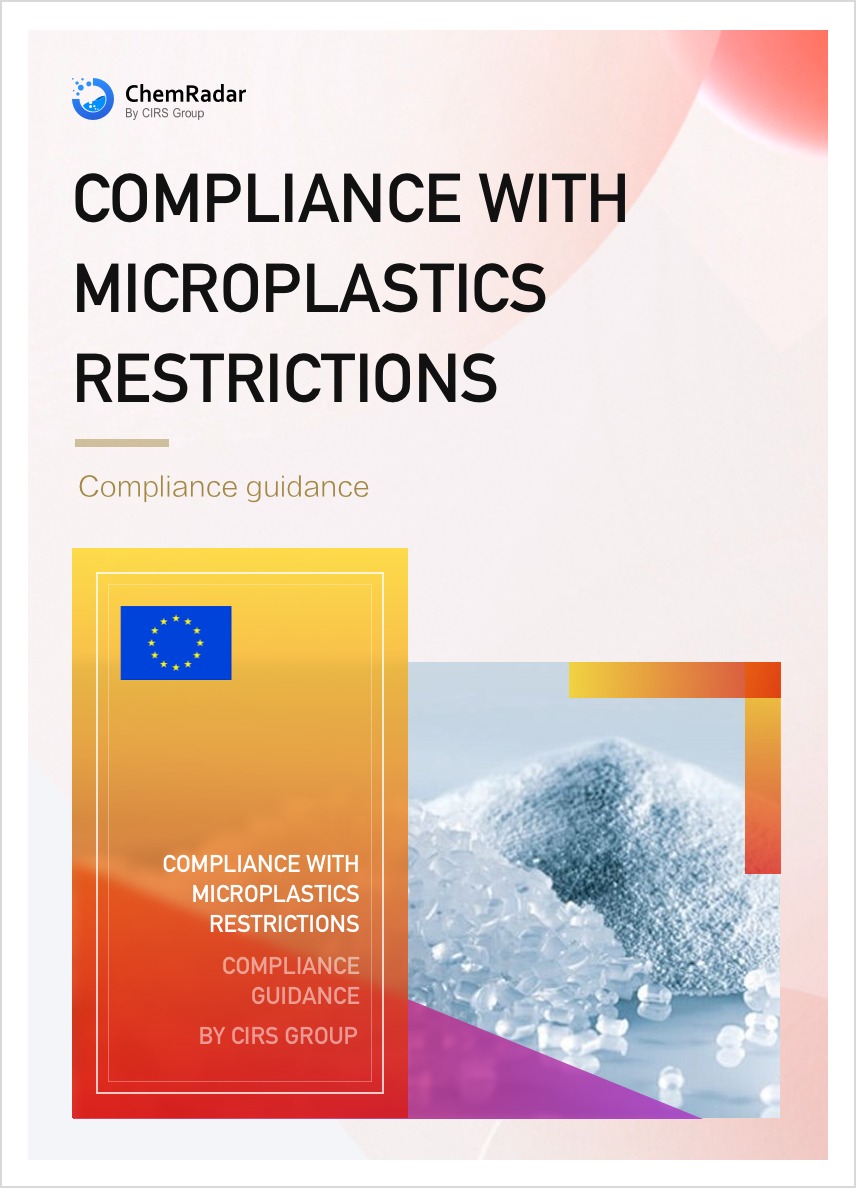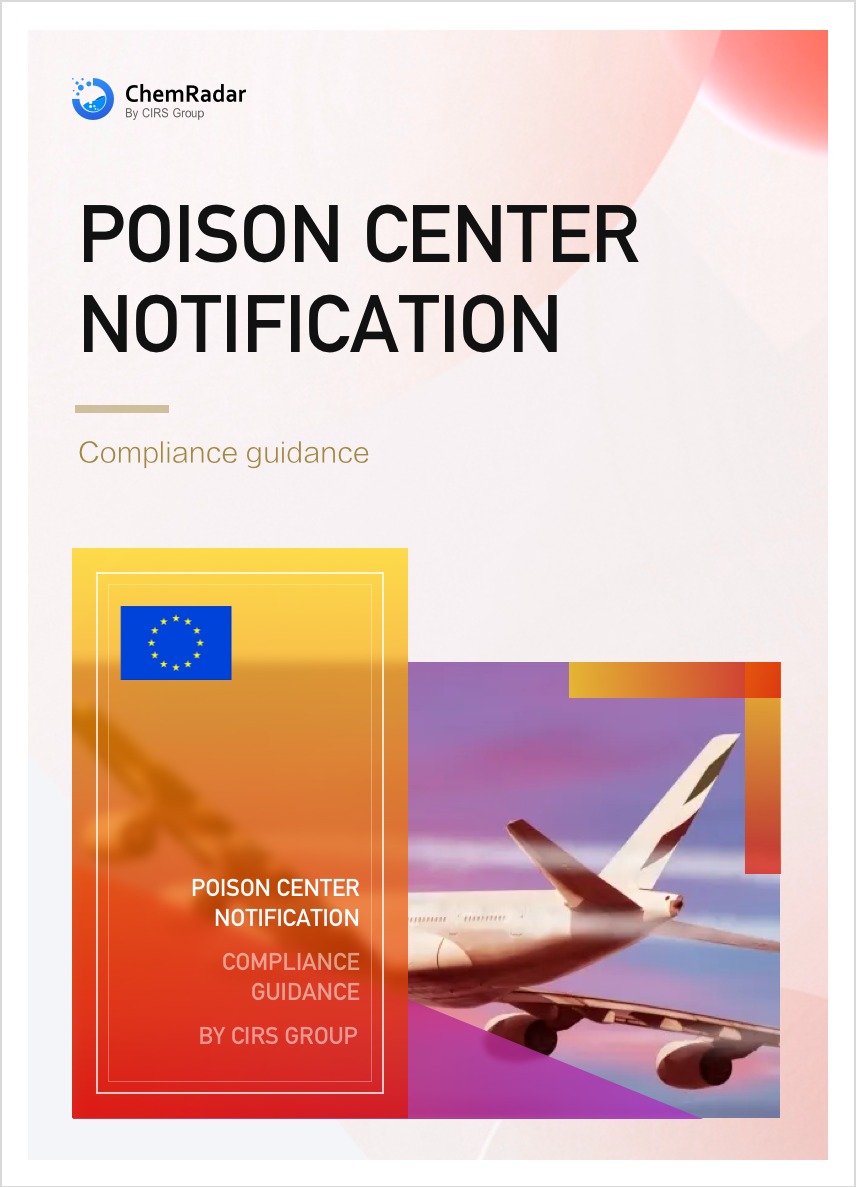On July 9, 2025, the Risk Assessment Committee (RAC) of the European Chemicals Agency (ECHA) issued a final opinion recommending the classification of Talc as a Category 1B carcinogen ("presumed to be carcinogenic to humans") under the EU Classification, Labelling, and Packaging (CLP) Regulation. Additionally, talc is proposed to be classified as a Specific Target Organ Toxicity – Repeated Exposure (STOT RE) Category 1 substance, primarily affecting the lungs.
I. Background
Talc (chemical formula: Mg₃H₂(SiO₃)₄) is a naturally occurring mineral widely used in cosmetics, pharmaceuticals, food, and industrial applications. Controversies over its potential carcinogenicity have persisted for decades. Countries such as the United States, Canada, and South Korea have previously issued safety warnings or legal rulings on talc-containing baby powders. Currently, inconsistent classification exists within the EU, with some enterprises not classifying talc as hazardous while others label it as carcinogenic.
II. Key Conclusions
1. Carcinogenicity
- Animal studies: A 1993 National Toxicology Program (NTP) long-term inhalation study on rats demonstrated pulmonary adenomas and adenocarcinomas in female rats.
- Human epidemiology: Over 30 case-control studies and three meta-analyses consistently indicate a 20–30% increased risk of ovarian cancer associated with perineal use of talc-based products, despite confounding factors (e.g., recall bias, historical asbestos contamination).
- Mechanistic support: Talc induces chronic inflammation and oxidative stress, aligning with carcinogenic pathways.
2. Specific Target Organ Toxicity – Repeated Exposure (STOT RE)
- Human data: Long-term inhalation of talc among miners and mill workers has been linked to pneumoconiosis, reduced lung function, and pulmonary fibrosis.
- Animal studies: Prolonged inhalation in rats resulted in granulomatous inflammation, pulmonary fibrosis, and diminished lung function.
III. Next Steps
The RAC concluded that despite methodological limitations, robust evidence from animal carcinogenicity studies, sufficient human data on ovarian cancer risk, and clear pulmonary toxicity data warrant unified classification as: Carc. 1B (H350) + STOT RE 1 (H372, inhalation, lungs). The opinion has been submitted to the European Commission and EU Member States for review, with a final decision expected by early 2026. If adopted, all talc-containing products sold in the EU will be required to update labeling within 18 months.
Further Information



